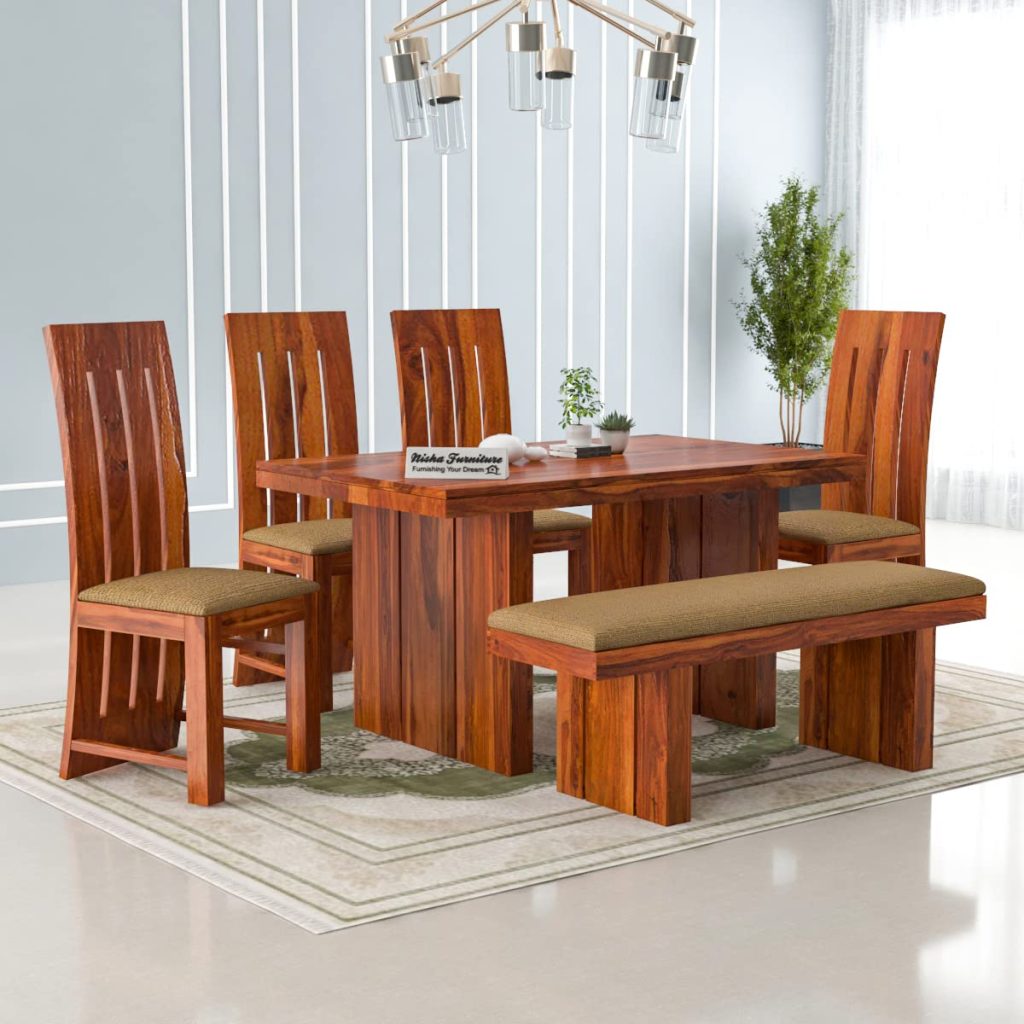
Dining table heightplays a crucial role in the overall dining experience, affecting both comfort and functionality. Choosing the right dining table height is essential for ensuring that meals are enjoyable, conversations flow naturally, and diners feel comfortable throughout the dining experience. In this comprehensive guide, we will explore the factors to consider when determining the ideal dining table height, including standard measurements, seating options, design aesthetics, and individual preferences.
I. Standard Dining Table Heights:
-
Standard Heights:
- The standard height for a dining table is typically around 28 to 30 inches (71 to 76 cm) from the ground.
- This height is suitable for most adults and provides a comfortable dining experience when paired with standard dining chairs.
-
Counter Height Tables:
- Counter height tables range from 34 to 36 inches (86 to 91 cm) tall, offering a higher seating position than traditional dining tables.
- These tables are popular for casual dining spaces and kitchen islands, providing a more relaxed and informal dining experience.
-
Bar Height Tables:
- Bar height tables stand approximately 40 to 42 inches (102 to 107 cm) tall, designed for use with bar stools or counter stools.
- These tables are ideal for creating a pub-style or elevated dining area, adding a contemporary touch to the space.
II. Factors to Consider When Choosing Dining Table Height:
-
Chair Compatibility:
- Ensure that the height of the dining table coordinates well with the seating options you plan to use.
- Consider the seat height of the chairs or stools to ensure they provide adequate clearance and legroom under the table.
-
Individual Comfort:
- Take into account the average height of the individuals who will be using the dining table regularly.
- Taller individuals may prefer a slightly higher table, while shorter individuals may find a standard height more comfortable.
-
Table Shape and Size:
- The shape and size of the dining table can influence the perceived height and overall proportion of the dining space.
- Round tables may appear shorter visually, while rectangular tables may benefit from a standard height to maintain balance.
-
Room Proportions:
- Consider the dimensions of the dining area and the surrounding furniture when selecting the height of the dining table.
- A taller table may work well in rooms with high ceilings, while a lower table can create a cozier atmosphere in smaller spaces.
III. Practical Considerations for Dining Table Height:
-
Clearances and Space Planning:
-
Ergonomics and Posture:
- Optimal dining table height promotes good posture and comfortable seating positions during meals.
- Ensure that diners can sit with their feet flat on the floor and maintain a relaxed posture without straining.
-
Functionality and Versatility:
- Consider the versatility of the dining table height for various uses, such as working, crafting, or entertaining guests.
- Adjustable height tables offer flexibility and adaptability to accommodate different activities and preferences.
IV. Design Aesthetics and Style:
-
Visual Impact:
- The height of the dining table contributes to the visual appeal and aesthetic harmony of the dining space.
- Consider the overall design style of the room and select a table height that complements the existing decor.
-
Material and Construction:
- The choice of materials and construction of the dining table can influence its perceived height and structural stability.
- Solid wood tables may appear heavier and more grounded, while glass or metal tables can create a lighter and more open feel.
-
Legroom and Under-Table Clearance:
- Ensure that the dining table height allows for ample legroom and comfortable seating positions for diners.
- Consider the design of the table legs and apron to maximize under-table clearance and freedom of movement.
Conclusion:
Choosing the ideal table height is a nuanced decision that involves considering various factors such as standard measurements, seating compatibility, room proportions, and personal preferences. By taking into account the practical considerations, ergonomic principles, design aesthetics, and customization options, you can select a dining table height that enhances comfort, functionality, and visual appeal in your dining space. Whether opting for a standard height table, counter height option, or custom solution, prioritizing ergonomics, style cohesion, and individual comfort will ensure an enjoyable dining experience for you and your guests.